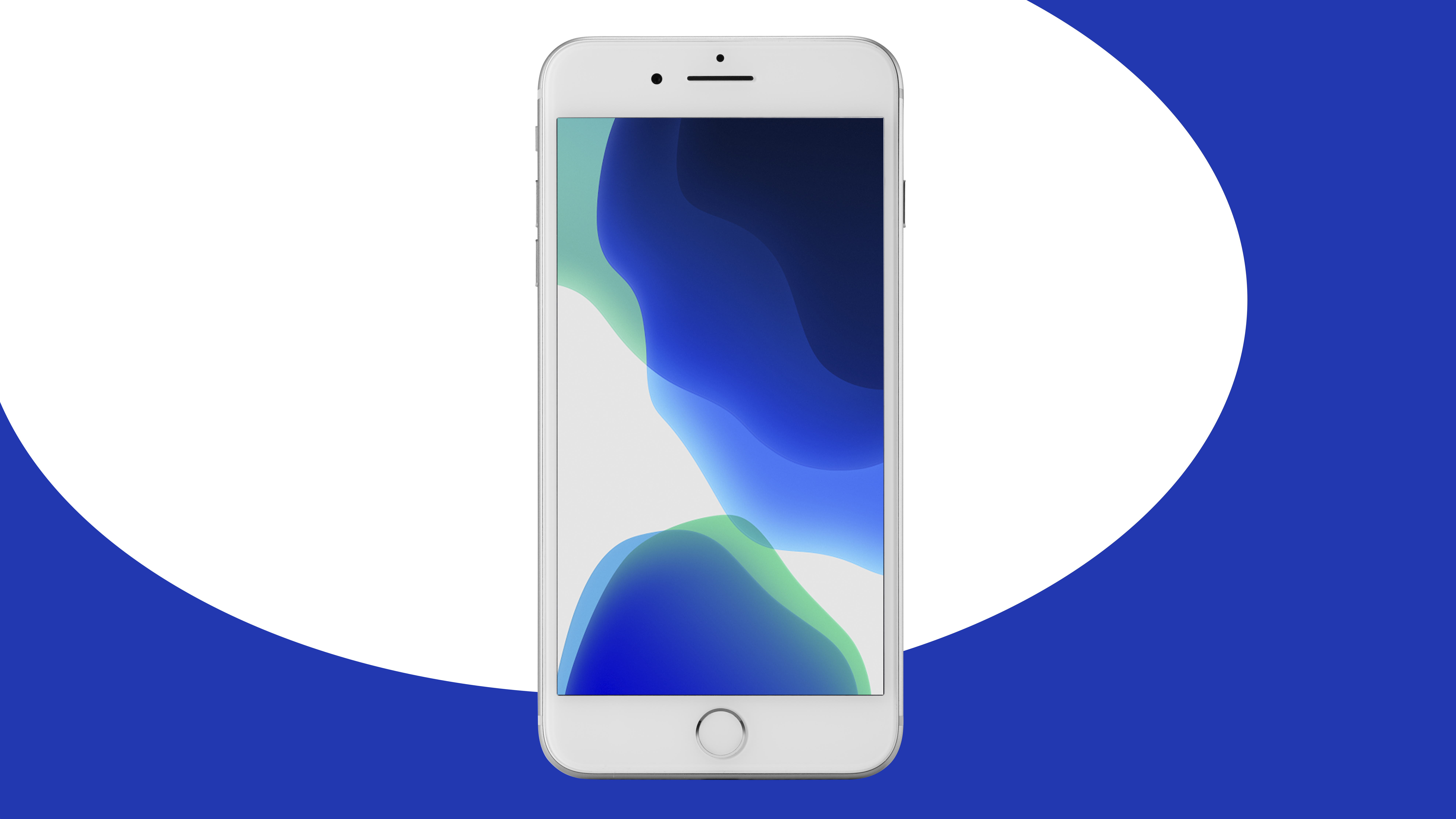

Apple is rumoured to be looking to bring its Touch ID fingerprint scanning technology back to the iPhone with a new under-screen variant, according to a new report from the ever reliable Mark Gurman at Bloomberg.
- Every iPhone that Apple currently sells, ranked
- New iPhone 11 leaks and news: release date, price, camera, specs
With the launch of the iPhone X, Apple dropped Touch ID in favour of Face ID, which unlocks the handset, authenticates payments via Apple Pay, and opens secure apps – like banking software, when it recognises your face looking directly at the display (this requirement can be disabled, although Apple warns it makes the feature less secure). Face ID learns to adapt to changes in your appearance over time, including hair cuts, hair loss, sunglasses, new glasses, beards, and others.
During the announcement of the iPhone X, Apple claimed Face ID was more secure than Touch ID and more convenient – since it all happened in the background without any intervention required from the user, unlike placing a thumb on the scanner. However, sources speaking to Bloomberg claim Apple will reintroduce an in-display version of the technology, like seen in the Samsung Galaxy S10, OnePlus 7 Pro, and Samsung Note 10, to offer iPhone owners a choice between facial recognition and a fingerprint sensor, like the Galaxy S and Huawei Mate 20 Pro.
If momentarily touching a fingerprint scanner in the display is more convenient – like when waking up in the morning – it will be given as an option to users in the 2020 iPhone line-up although this could slip to 2021, Bloomberg claims.
With rumours that Face ID would finally make the jump to the MacBook Pro in the coming weeks, and with the system successfully integrated into the iPad Pro range it might seem like a very strange decision. However, it is true there are some instances where Face ID doesn't perform quite as seamlessly as Apple would like – just like Touch ID doesn't, like when the sensor is wet from rainfall.
Surely Apple proclaiming that Face ID is more secure than Touch ID makes its return a little unlikely? The Californian company has stated the false positive rate for Touch ID is roughly 1 in 50,000 compared with a staggering 1 in 1,000,000 for Face ID.

Apple Vice President of Product Marketing, Greg Joswaik recently sat down for an exclusive chat with Express.co.uk about the positives of both Face ID and Touch ID and promised that Apple would continue to "expand" its use of the former.
Sign up to the T3 newsletter for smarter living straight to your inbox
Get all the latest news, reviews, deals and buying guides on gorgeous tech, home and active products from the T3 experts
Interestingly, Joswaik rules out using a pop-up camera to ditch the notch – a crucial part of the Face ID system since it houses the dot projector, flood illuminator and infrared camera used to scan users' faces. It also includes the speaker grill, ambient light and proximity sensors. Rivals like Oppo and OnePlus have relocated the camera to a pop-up mechanism that emerges from the chassis to avoid having a notch cutting into content displayed on screen, like it does on the latest iPhone models.
"I would give people credit for trying new things, competition is what makes the world go round and makes us all better but that's not something we see coming anytime soon," Greg Joswaik said about pop-up cameras.
Unfortunately, although not unexpectedly, Joswaik doesn't directly address rumours that Apple will be resurrecting its Touch ID system. However, the Apple VP does talk extensively about the benefits of Face ID over the fingerprint-based alternative.
"Face ID is an important technology for us and it's something we continue to invest in," he said. "It really started with Touch ID six years ago which is something that we introduced on the iPhone 5s back in 2013. Touch ID was the first mainstream biometric security system and customers loved it. It changed the way that people secured their device, because at that time, even though it's hard to imagine, many didn't even have a passcode.
"It's a solution that remains and we still use it on our iPads, iPod Touch and even the Macs – it's a great system. But we wanted to improve biometric security even further with something more secure and convenient to use and that's why we came up with Face ID. We first shipped Face ID two years ago on the iPhone X and we thought it was even more natural than Touch ID with it unlocking your device with just a glance.
"We continue to make it better, easier to use and faster – in fact we made it 30 per cent faster in iOS 13 which will be shipping this fall."
While the iPhone X, iPhone XS, XS Max and iPhone XR don't offer the flexibility available on some rival handsets, which offer the choice of face scanning, fingerprint scanners, passcodes, patterns, and more, none of Apple's rivals have managed to replicate the same level of security. Indeed, Samsung doesn't allow users to authenticate Samsung Pay contactless payments with its rival facial recognition system, warning users "while Facial recognition is a convenient way to open your phone, for certified security we recommend using the fingerprint lock. Some apps (such as banking apps) and the Secure Folder can't be accessed using Facial recognition only. You will need to use a registered fingerprint or PIN."
But that could all change in the next few weeks. Google has teased plans to launch a true competitor to Face ID with its forthcoming Pixel 4 and Pixel 4 XL smartphones.
"If the face unlock sensors and algorithms recognise you, the phone will open as you pick it up, all in one motion. Better yet, face unlock works in almost any orientation – even if you're holding it upside down – and you can use it for secure payments and app authentication too," the company revealed in a blog post about the as-yet unannounced flagship smartphone, which is widely-tipped succeed the Pixel 3 and Pixel 3 XL in early October.
With its rivals snapping at its heels, it might make sense for Apple to combine its hugely-popular Face ID and Touch ID solutions in a single handset after all. Don't get too excited by this idea, mind. Bloomberg admits in its reporting: "the technology is in testing both inside Apple and among the company’s overseas suppliers, though the timeline for its release may slip to the 2021 iPhone refresh."
As a former Staff Writer for T3, Aaron writes about almost anything shiny and techie. When he’s not barking orders at Alexa-powered microwaves or gawping at 5G speed tests, Aaron covers everything from smartphones, tablets and laptops, to speakers, TVs and smart home gadgets. Prior to joining T3, Aaron worked at the Daily Express and and MailOnline.
-
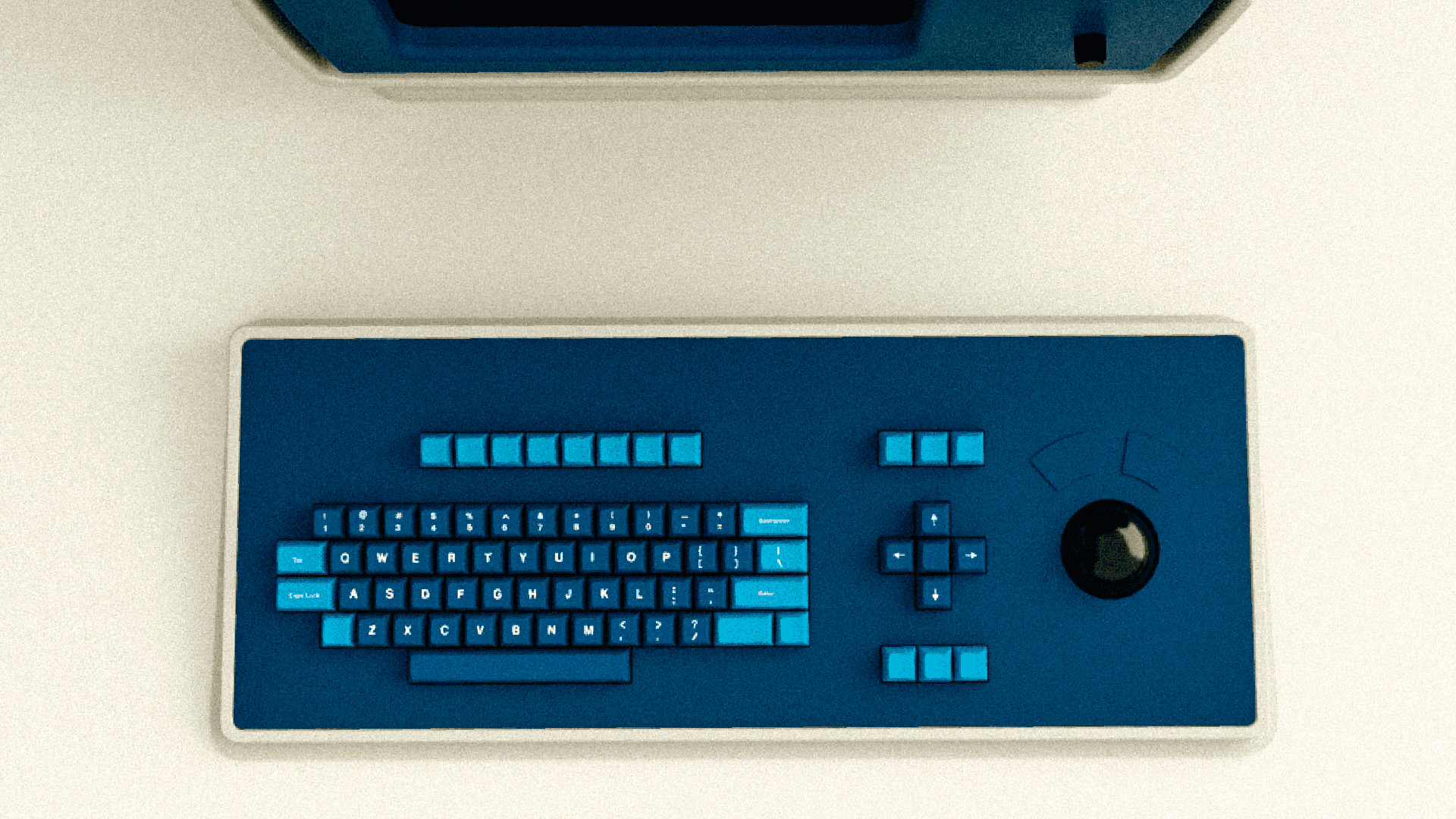 Apple's Severance computer may have been a joke, but the keyboard is coming for real
Apple's Severance computer may have been a joke, but the keyboard is coming for realTell us where we can sign up!
By Britta O'Boyle
-
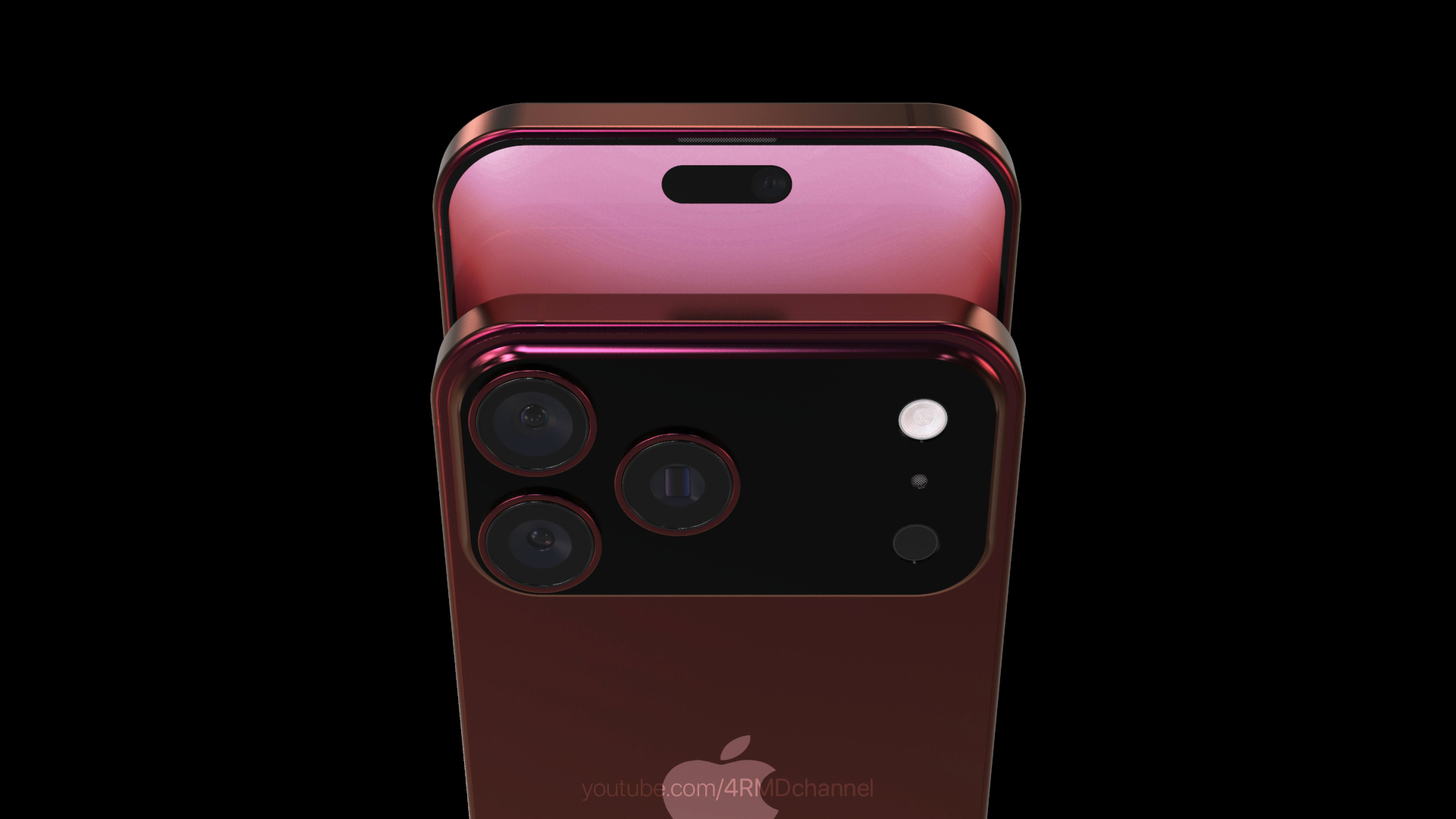 New iPhone 17 Pro Max renders give us the best look yet at the flagship phone
New iPhone 17 Pro Max renders give us the best look yet at the flagship phoneThis is going to cause a stir
By Sam Cross
-
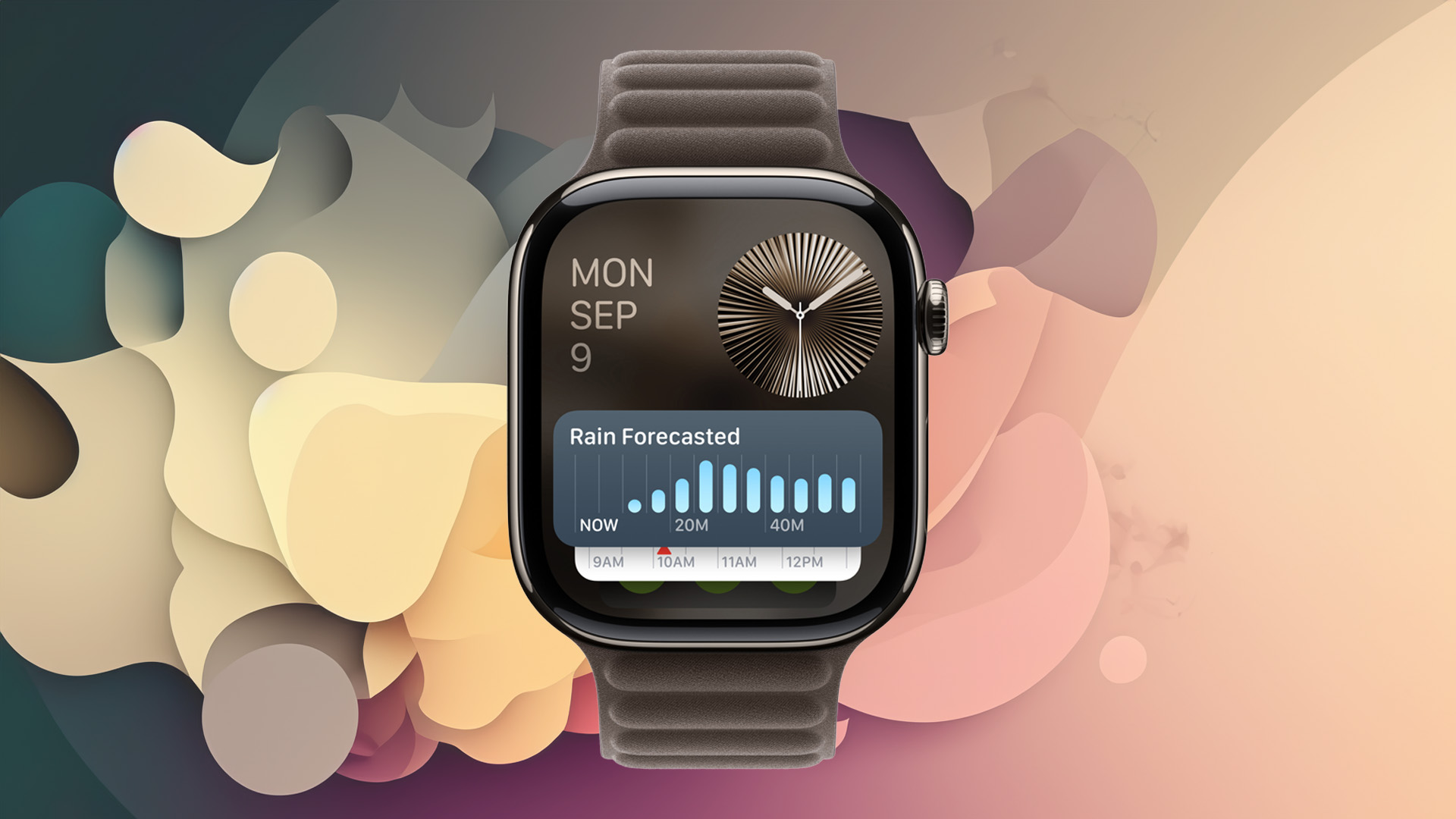 Apple Watch is set to get Apple Intelligence this year, but only with a little help from a friend
Apple Watch is set to get Apple Intelligence this year, but only with a little help from a friendBring on watchOS 12
By Britta O'Boyle
-
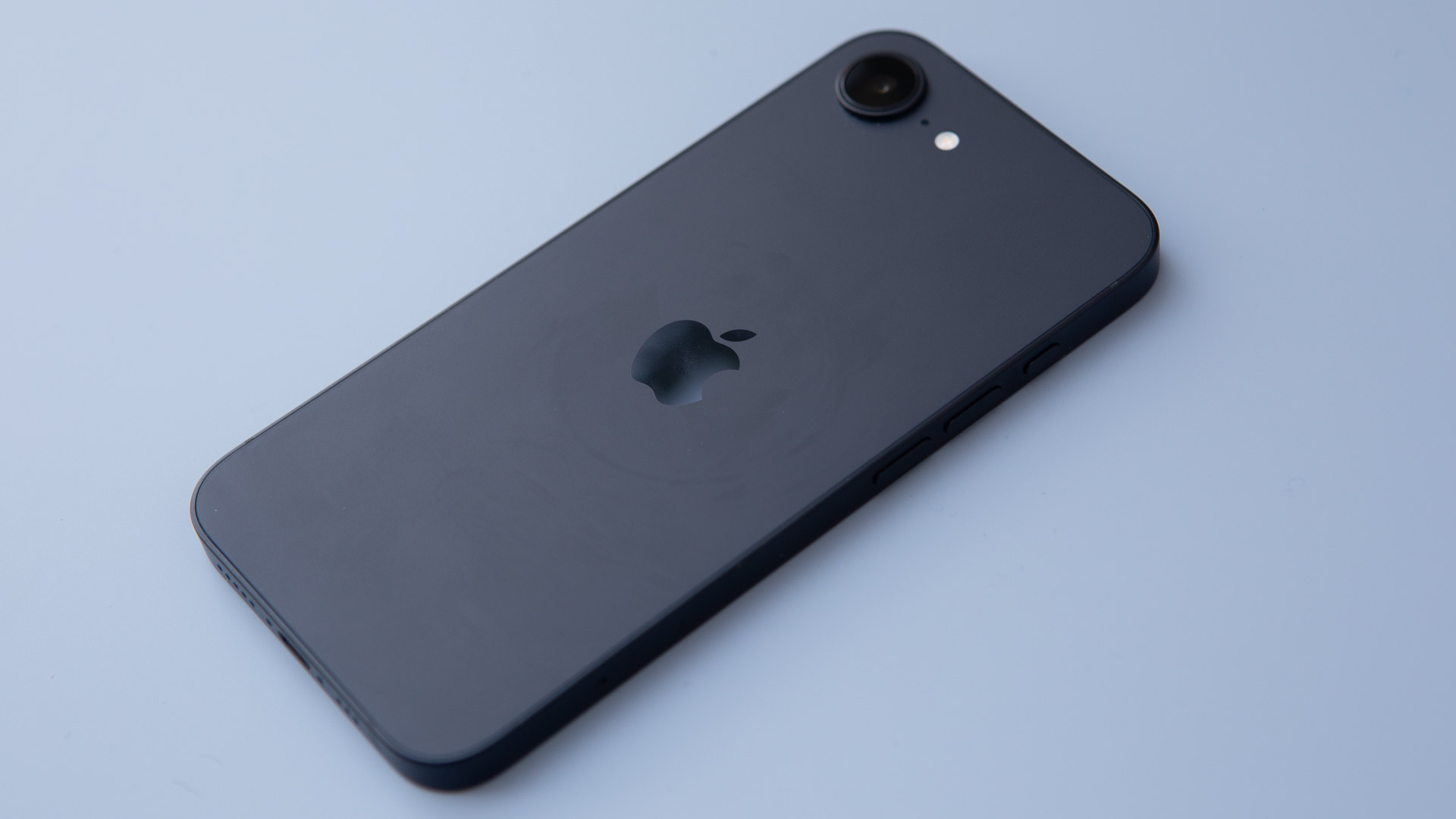 Apple's iPhone just did something it never has before
Apple's iPhone just did something it never has beforeThis is an unprecedented event for the iPhone
By Sam Cross
-
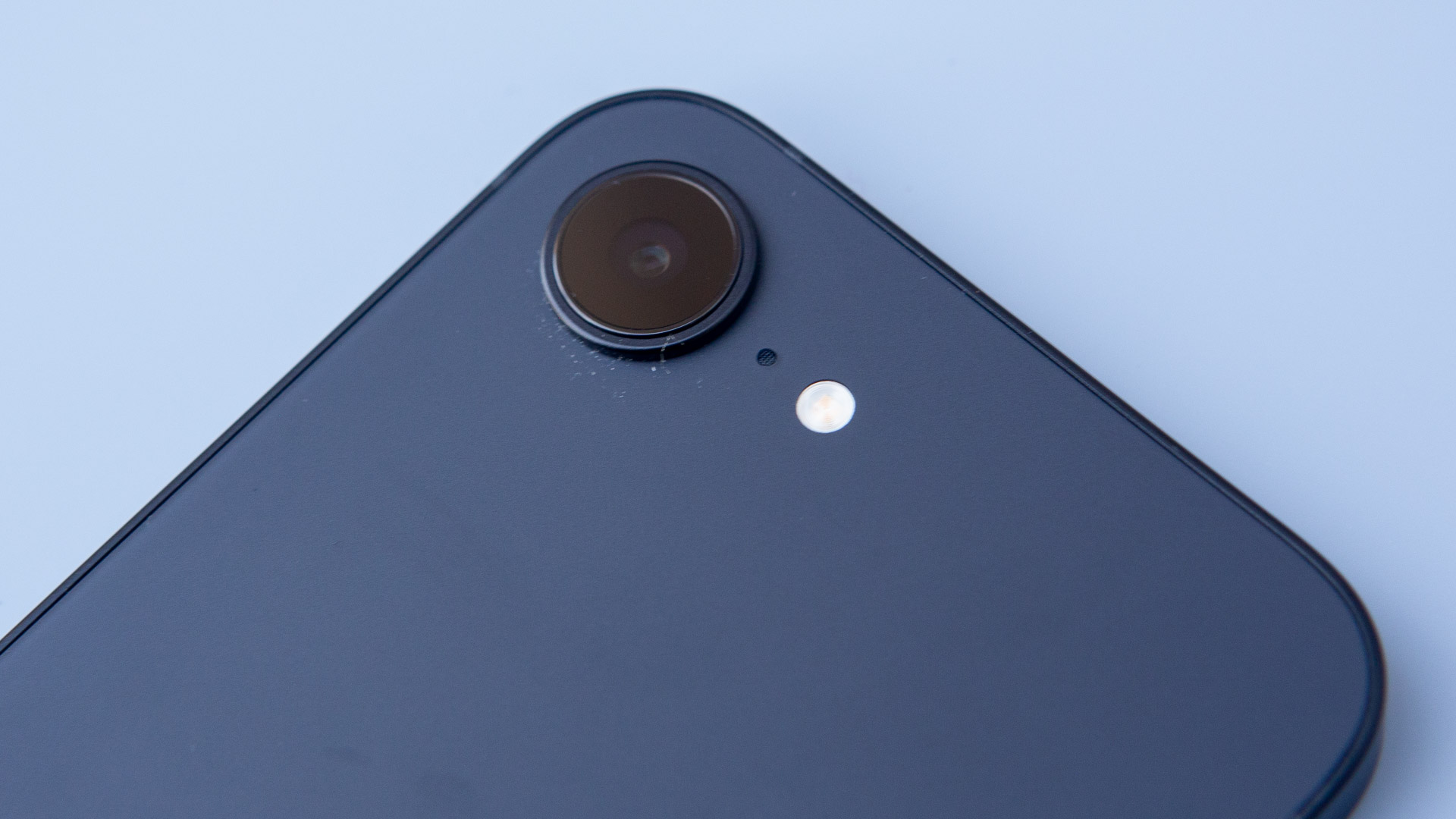 Leaked iPhone Fold pricing suggests it will be fighting an uphill battle from the start
Leaked iPhone Fold pricing suggests it will be fighting an uphill battle from the startIt looks set to be the most expensive foldable phone
By Sam Cross
-
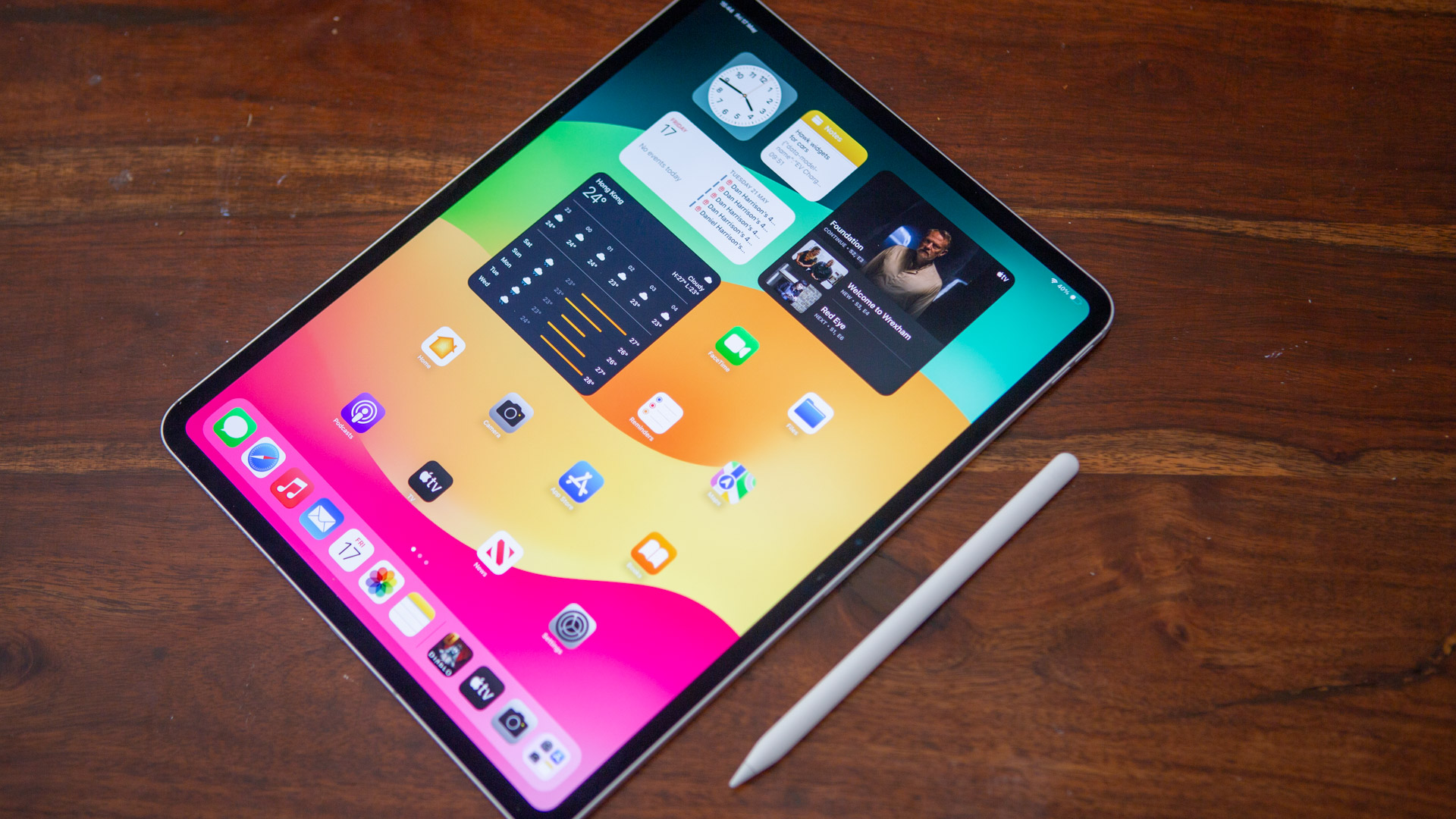 iPad reportedly getting major makeover and your current model could benefit too
iPad reportedly getting major makeover and your current model could benefit tooApple is said to be making a change that iPad power users have been wanting for years
By Carrie Marshall
-
 Will there ever be a US-made iPhone?
Will there ever be a US-made iPhone?It's something right-wing commentators have called for
By Sam Cross
-
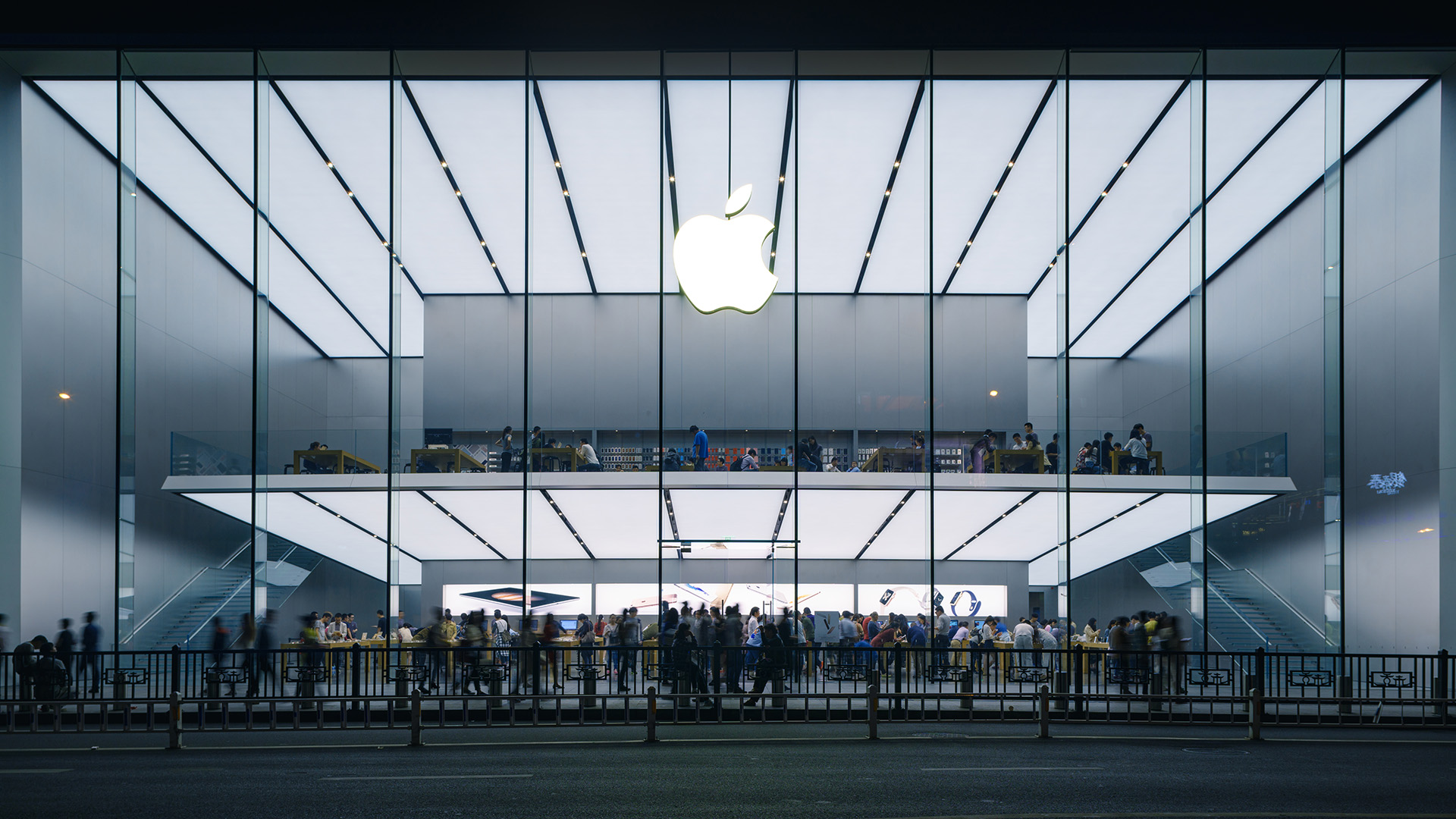 Is the cost of my iPhone going up? Everything we know about the effects of tariffs on tech
Is the cost of my iPhone going up? Everything we know about the effects of tariffs on techIt's an uncertain time for tech fans, with predictions not looking good for the price of phones, laptops and more in the US and beyond
By Sam Cross

